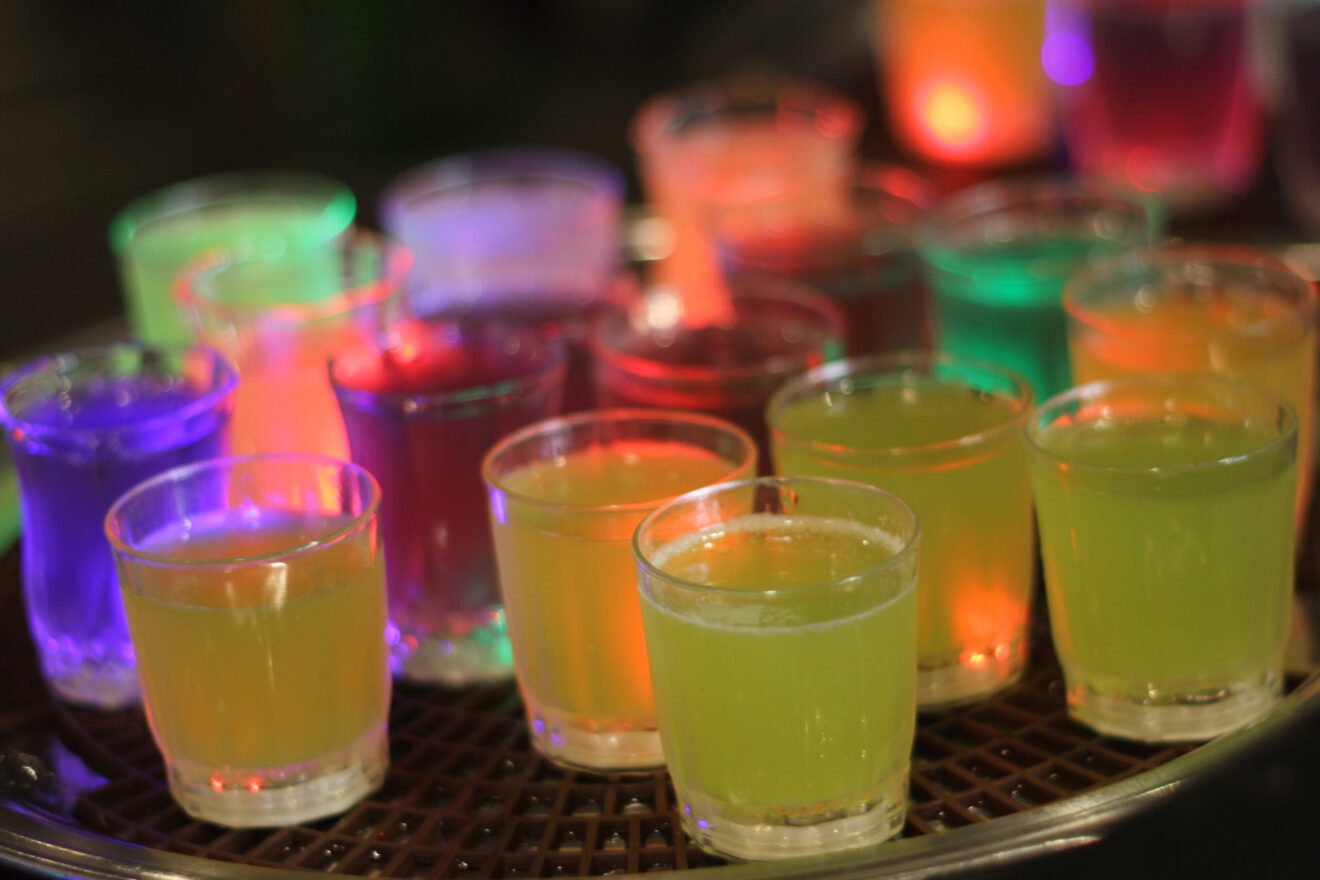Spicy, sweet and savory flavors were on display in abundance at the Specialty Food Association’s Summer Fancy Food Show a few months ago, in new products and tweaked versions of familiar favorites.
Culinary trend forecasts earlier this year also included new flavor combinations, and noted that consumers’ increasingly sophisticated palates and ongoing quest for healthier options that don’t sacrifice flavor aren’t just driving innovations in packaged foods and on restaurant menus — they’re also fueling trends in the beverage arena.
About 33% of consumers treat themselves with a beverage, according to Food IQ, making both cocktails and soft drinks key areas of flavor innovation for restaurants, foodservice operators and packaged-food makers.
Tart and bitter flavors made Baum + Whiteman’s Hottest Food and Beverage forecast for 2016 and extended to the beverage category with a selection of cold brew and carbonated coffees, teas and matcha drinks.
The report also noted other spicy flavors that are increasingly showing up in cocktails, including a blend of seeds, red chili and black peppers, orange peel and seaweed flakes called Shichimi-Togarashi or Japanese Seven Spice.
Spice maker McCormick’s 2016 Flavor Forecast also illustrates more of the ways that food and beverage flavors are increasingly overlapping, from matcha green tea flavored appetizers to spiced cocktails. The report highlights three culinary-infused cocktails:
- Pickled cocktails made with fruit-and-vinegar syrups called shrubs. The pickled watermelon cocktail melds the tart flavor with sweet melon liqueur and club soda.
- Roasted and browned flavors. The Roasted Peanut Old Fashioned combines vanilla-and-peanut infused bourbon with citrus and candied peanuts.
- Bruleed cocktails with notes of caramelized sugar. The Peach and Vanilla Brulee Cocktail is made with fresh peaches and vanilla syrup.
Consumer demand for healthier fare and “cleaner” ingredients has spurred changes on restaurant menus including Chipotle’s efforts to cut genetically modified ingredients from the menu and Panera Bread’s move to cut 150 artificial additives this year. And, as with other culinary trends, the quest for more natural fare on the plate is also spilling over into the glass.
Beverages will be the fastest-growing category for stevia use in the coming years, according to Grand View Research, as consumers demand lower-calorie soft drinks without sacrificing sweetness.
The market for the natural sweetener was estimated at $337.7 million last year and is on track to grow to $556.7 million by 2024. The beverage category accounted for 34.8% of total volume and tabletop sweeteners typically used to sweeten coffee and tea accounted for another 22.2%, the report said.
Check out some other recent SmartBrief Original coverage on spices and flavor trends:
Fancy food makers find new ways to spice things up
The secret to vegan success is in the seasoning
How the world wakes up: international breakfast inspiration
Foodservice today: Diners seek cues to fresh, healthy, culinary skill
And read what some other outlets had to say about the hottest cocktail trends:
Punch reports on How the Bloody Mary Lost Its Mind
Imbibe offers insights in The Spanish Gin and Tonic Jumps the Atlantic
__________________________________________________
If you enjoyed this article, join SmartBrief’s email list for more stories about the food and beverage industry. We offer 17 newsletters covering the industry from restaurants to food manufacturing.
